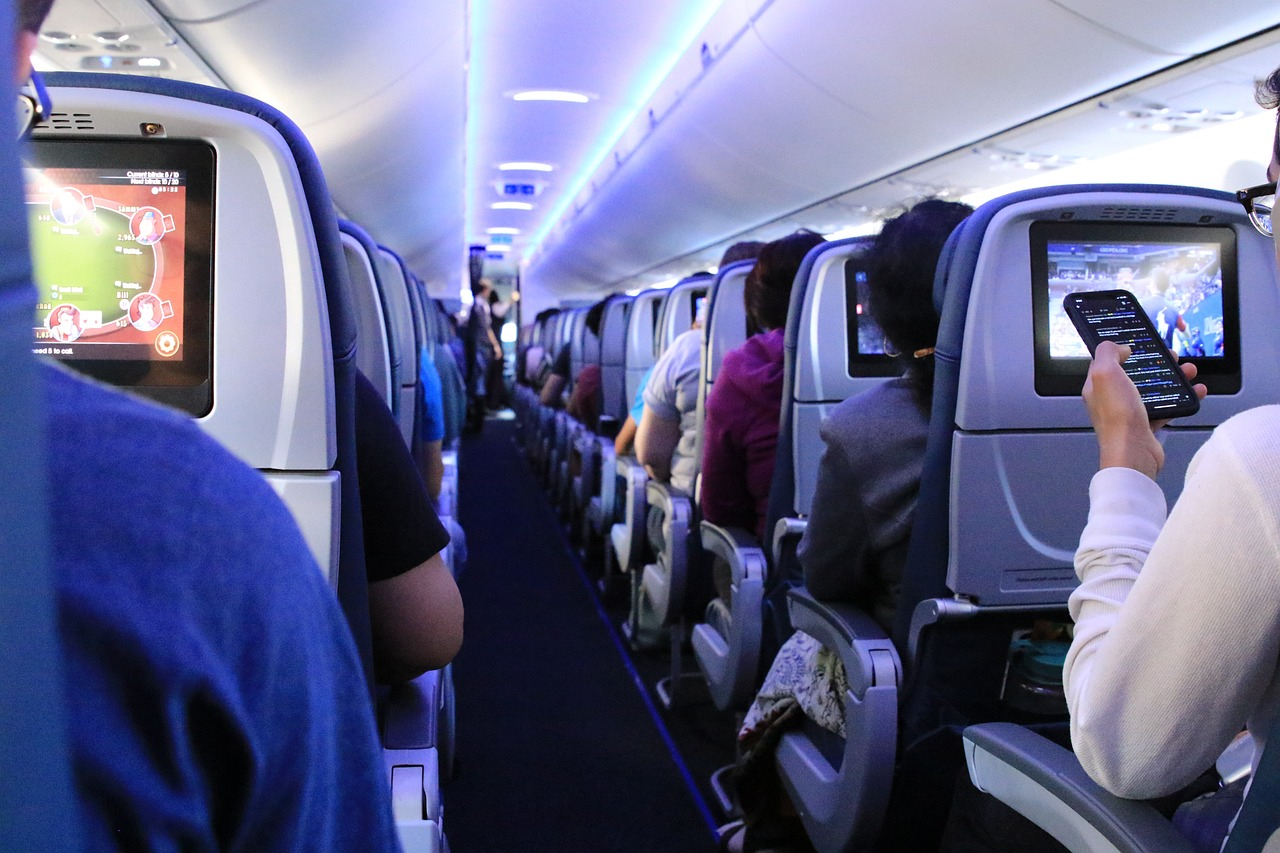To investigate Taxi2Airport.com analysed new data released by Gov.uk to find out which cities in England have the most – and least – wheelchair accessible taxis per 1,000 people. To highlight how much work is needed in bettering disabled-friendly transport.
After all, in an article posted by The Independent, it was revealed four in five disabled people feel anxious about using public transport. And with 13.9 million disabled people in the UK (figures from Scope.org.uk), it is a topic that deserves to be taken seriously.
THE RESULTS:
Top 10 cities in England with the most wheelchair accessible taxis per 1,000 people:
Liverpool (2.9)
Coventry (2.3)
London (2.3)
Worcester (2.0)
Manchester (2.0)
Norwich (1.5)
Newcastle upon Tyne (1.5)
Sheffield (1.4)
Plymouth (1.3)
Preston (1.3)
Liverpool is the city with the most wheelchair accessible taxis per 1,000 people. In total, there are 1,426 wheelchair accessible taxis in this city, which equates to 2.9 per 1,000 people.
Next is Coventry. In Coventry there are 859 wheelchair accessible taxis, which equates to 2.3 per 1,000 people.
Followed by London. In London there are 20,136 wheelchair accessible taxis, which equates to 2.3 per 1,000 people.
Top 10 cities in England with the least wheelchair accessible taxis per 1,000 people:
Lincoln (0.3)
Southampton (0.3)
Canterbury (0.2)
York (0.2)
Gloucester (0.1)
County Durham (0.1)
Lancaster (0.1)
Bath (and North East Somerset) (0.1)
Lichfield (0.1)
Wakefield (01)
Taxi2Airport.com also found:
• 58% of all taxis were wheelchair accessible in 2019.
• The number of authorities requiring disability awareness training for taxi drivers has increased from 41% to 44%.
• 66% of authorities require all or part of the taxi fleet to be wheelchair accessible, an increase from 65%.
HOWEVER, although data from Gov.uk shows some progress, there is work still to be done:
34% of authorities do NOT require all or part of the taxi fleet to be wheelchair accessible.
To find out more Taxi2Airport.com spoke exclusively with Ann Frye OBE, a leading expert on accessible travel worldwide.
Ann commented on behalf of drivingmobility.org.uk:
“There has been enormous progress in the UK in the last 30 years in introducing technical standards for accessibility, particularly in bus and rail.
Already all buses in service must meet accessibility requirements and by the end of this year the same will apply to trains.
Major cities also have large numbers of accessible taxis in service. There are Europe wide laws in place on the rights of disabled people in air travel. All this means that many more disabled people are travelling.
However, there are still many barriers to overcome including: lack of information about what is available and possible; lack of training so that front line staff do not always understand the needs of a disabled person; a general lack of understanding still about the needs of people with hidden disabilities including mental health conditions, autism and dementia who can be very challenged by the transport environment.
And of course, in rural areas there is often no public transport available so people need to rely on continuing to drive or seeking support from family and friends which can obviously undermine independence and spontaneity.”
Cities in England Wheelchair Accessible Taxis Wheelchair Accessible Taxis (Per 1000 People) Liverpool 1 426 2,9 Coventry 859 2,3 London 20 136 2,3 Worcester 205 2,0 Manchester 1 090 2,0 Norwich 209 1,5 Newcastle upon Tyne 441 1,5 Sheffield 794 1,4 Plymouth 346 1,3 Preston 187 1,3 Nottingham 420 1,3 Bristol, city of 539 1,2 Derby 268 1,0 Brighton and Hove 287 1,0 Cambridge 99 1,0 Birmingham 1 105 1,0 Leicester 329 0,9 St Albans 128 0,9 Carlisle 86 0,8 Chelmsford 133 0,8 Oxford 107 0,7 Wolverhampton 174 0,7 Kingston upon Hull, City of 170 0,7 Peterborough 128 0,6 Sunderland 171 0,6 Winchester 73 0,6 Bradford 220 0,4 Salford 104 0,4 Portsmouth 84 0,4 Stoke-on-Trent 100 0,4 Chichester 43 0,4 Exeter 43 0,3 Leeds 264 0,3 Lincoln 30 0,3 Southampton 70 0,3 Canterbury 36 0,2 York 45 0,2 Gloucester 17 0,1 County Durham 59 0,1 Lancaster 15 0,1 Bath and North East Somerset 17 0,1 Lichfield 9 0,1 Wakefield 30 0,1




















